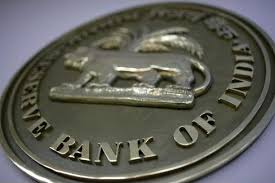Liquidity Adjustment Facility (LAF) is used as a system of sterilization and liquidity management by RBI. two rates of interest i.e. repo and reverse repo constitutes the LAF system.
Repo (Repurchase Agreement) enable commercial banks to make short-term borrowing from the central bank through the selling of debt instruments. Thus, the repo rate is the rate at which the commercial banks borrow money from RBI against a collateral of government securities. In other words, repo denotes injection of liquidity by the central bank into the economy (through the commercial banks) against eligible collateral. On the other hand, the reverse repo is the opposite.
It is the rate at which commercial banks park their surplus liquidity with the central bank. Reverse repo denotes the rate at which RBI absorbs liquidity from the system.
Between repo and reverse repo, reverse reo is the lowe rate. The LAF corridor also influences the call money rate in the system. Call money rate is the overnight inter-bank borrowing rate. The call money market is the most active and sensitive part of the organized money market in the country because it registers very quickly the pressures of demand and supply for funds operating in the money market. The LAF corridor provides a theoretical floor and ceiling for the call money rates.
Click here for government certification in Accounting, Banking & Finance





3 Comments. Leave new
well written and informative article
Good work!
Awesome work 😀
Well done 😀